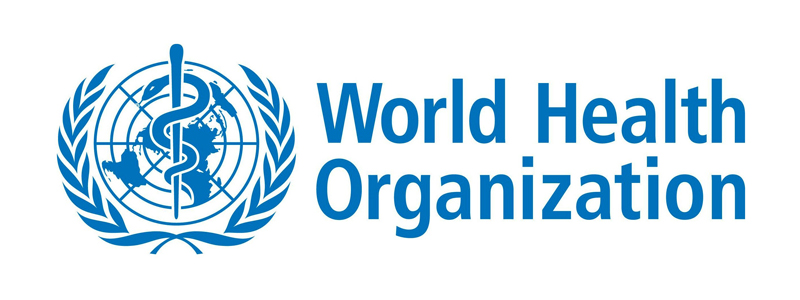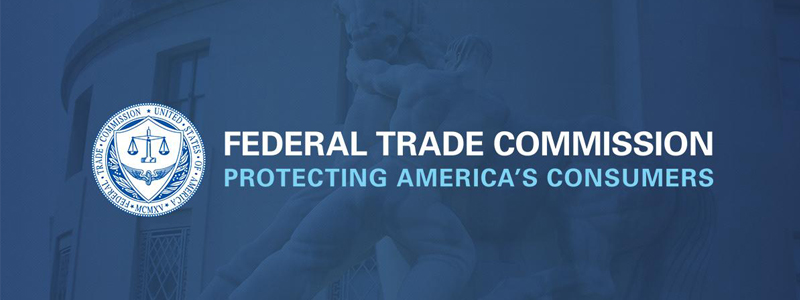BY: SAMANTHA BARTLETT, DVM
The WHO List of Medically Important Antimicrobials is developed to assist in risk-based decisions to reduce the effect of using antimicrobials in animals on antimicrobial resistance in humans. The list is intended to encourage antimicrobial stewardship in veterinary professionals and food animal producers.
The list was first published by WHO in 2005 under the title of Critically Important Antimicrobial List for Human Medicine. Since then, it has undergone multiple revisions, the most recent in 2018. The new list has added categories on the basis of importance of antimicrobials to human medicine, the risk of antimicrobial resistance and the human health implications that can result from inappropriate use in nonhuman sectors. These categories are entitled authorized for use in humans only, medically important and not medically important. Medically important antimicrobials are divided into highest priority critically important antimicrobials (HPCIA), which include third and fourth-generation cephalosporins, quinolones and polymixins, and critically important antimicrobials (CIA), which include aminoglycosides and macrolides.
The WHO developed the list in cooperation with the Food and Agriculture Organization, The United Nations Environmental Programme and the World Organisation for Animal Health. The list is not without criticism against its focus strictly on the importance of human medicine. Critics feel the WHO is not adequately taking into account the interrelationship between human medicine and veterinary medicine. Many of the recommendations stated by the WHO are counterintuitive to disease mitigation and antimicrobial resistance in food animals.
The WHO List of Medically Important Microbials is not a binding regulation and is meant only as a guidance for regulating agencies. The list can be downloaded at https://www.who.int/news/item/08-02-2024-who-medically-important-antimicrobial-list-2024.






